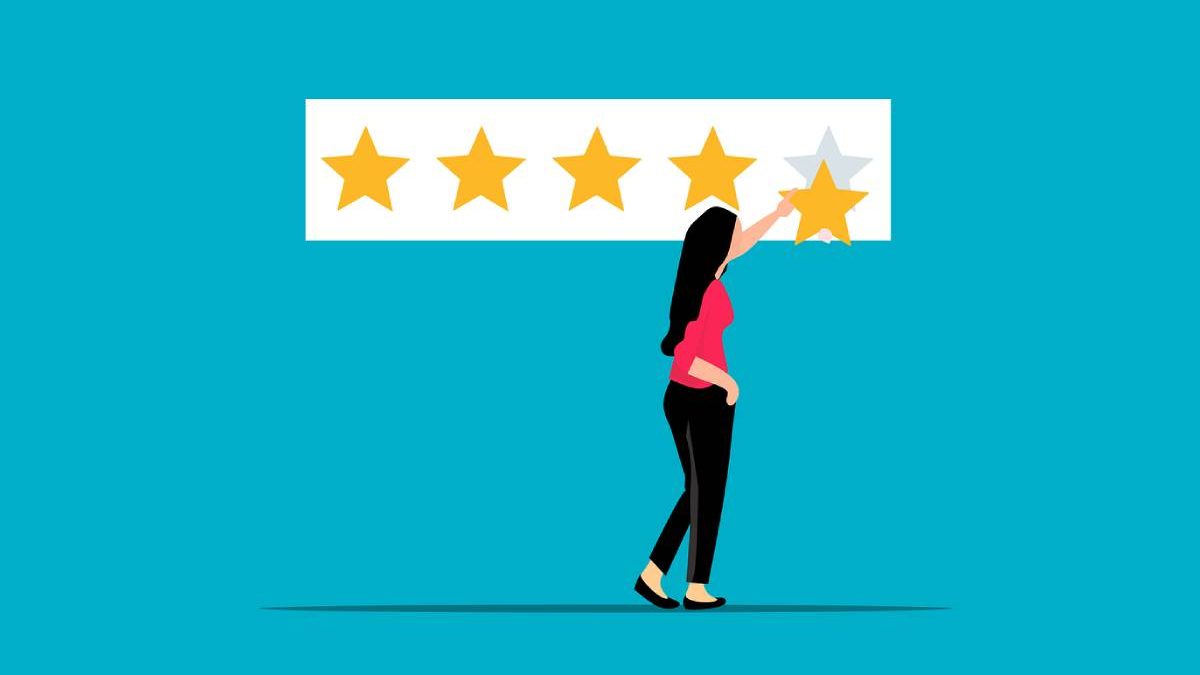In the competitive business landscape of the 21st century, customer loyalty is no longer a luxury, but a necessity. The Harvard Business Review asserts that increasing customer retention rates by 5% can increase profits by 25% to 95%. This statistic highlights the immense financial potential of loyal customers. However, achieving customer loyalty is not a walk in the park. It requires a strategic approach, leveraging scientific methods, and tools such as an online customer experience platform.
Table of Contents
Understanding Customer Loyalty
Customer loyalty is a measure of a customer’s likeliness to do repeat business with a company or brand. It is the outcome of consistently positive emotional experiences, physical attribute-based satisfaction, and perceived value of an experience, which comprises the product or services.
The Role of Customer Experience (CX) in Fostering Loyalty
CX is a critical factor in fostering customer loyalty. A Walker study found that at the end of 2020, customer experience overtook price and product as the key brand differentiator. This shift underscores the need for businesses to strategically invest in enhancing their customer experiences.
Customer experience platforms (e.g. Staffino) offer tools designed to help businesses understand their customers’ experiences. They provide real-time insights into customer satisfaction, allowing businesses to identify areas of improvement and make strategic decisions to enhance customer experiences and foster loyalty.
In addition, customer experience consulting experts can help you design and implement effective customer loyalty strategies. They can guide you in creating a seamless and enjoyable journey for your customers, from the moment they first interact with your brand to the point of purchase and beyond.
Leveraging Customer Experience Metrics to Improve Customer Loyalty
The Net Promoter Score (NPS) is one of the most widely used customer experience metrics for measuring customer loyalty. It categorizes customers into Promoters (loyal enthusiasts), Passives (satisfied but unenthusiastic), and Detractors (unhappy customers).
An NPS can range from -100 (all customers are Detractors) to 100 (all customers are Promoters). According to a Temkin Group study, companies with the most exceptional customer experience had an average NPS of 24, compared to an average of just 6 among companies with the weakest customer experience.
Measuring NPS and giving employees a space to voice their thoughts in a text field under the scale offers business a thorough insight into their customers’ experiences. This information can highlight the factors that contribute to strong or weak customer loyalty. Armed with this knowledge, businesses can strategically improve their customer journey, with the ultimate goal of increasing customer loyalty.
Tips to Get and Keep Loyal Customers
Here are four tips to enhance customer loyalty:
- Understand your customers: Use tools like Staffino to gain insights into your customers’ needs, preferences, and experiences.
- Provide exceptional customer service: According to a report by American Express, 7 out of 10 U.S. consumers say they’ve spent more money to do business with a company that delivers great service. Invest in employee motivation management to improve the performance and attitude of your customer-facing employees.
- Regularly measure customer loyalty: Use tools like the NPS survey to regularly measure customer loyalty and identify areas of improvement.
- Foster an emotional connection: According to a study by the Journal of Consumer Psychology, customers who are emotionally connected with a brand have a 306% higher lifetime value.
Final Word
In conclusion, securing and sustaining loyal customers is a planned process that requires a deep understanding of customers’ experiences, regular measurement of customer loyalty, and the provision of exceptional customer service. An innovative customer experience platform like Staffino can provide invaluable insights to help businesses achieve this goal.

